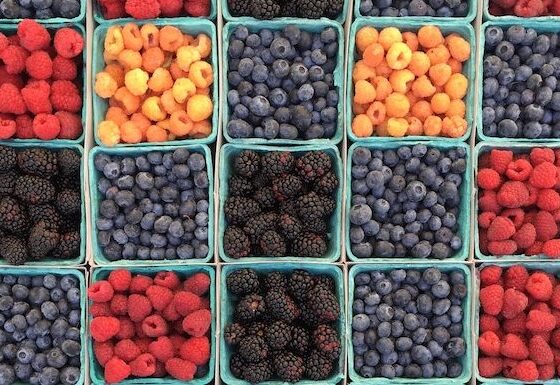Take the little coins from the bottom of your piggy bank and combine them with the tasty sauces on your hot dog and hamburgers. What do you get? Well, we can’t tell you now, since that would ruin the surprise!
What you need:
- Dirty pennies
- Small cups
- Water
- Ketchup
- Other condiments (mustard, mayonnaise, barbecue sauce, etc.)
- Paper towel or napkins
What you do:
Make sure you have as many pennies and small cups as you have condiments to test.
First, fill the small cups up with your condiments, including one for ketchup and one for water. The water cup will represent our control cup that we can compare the other variables to.
Observe how the pennies look and feel before placing them into the cups.
After noting your observations, place one penny in each cup. The penny should be completely submerged in each of the cups. Leave to soak for 5 minutes.
Fish the pennies out of the cups and wipe them off with a paper towel or napkin.
Questions to consider:
- How do the pennies look different from what they looked like before?
- What condiment cleaned the penny the best?
- Why do you think this happened?
Why it works:
Pennies are made of copper and become dirty when copper oxide forms on their surface.This is caused by oxygen in the air reacting with the copper inside the penny, causing new shiny pennies to dull over time.
In order to clean the coins, we have to use a chemical reaction. The best way to do this is with an acid and salt.
Ketchup contains vinegar, a weak acid, which breaks down the copper oxide on the surface of the penny. The salt in the ketchup goes on to add dissolved chloride ions to the mix. These ions bond with the copper, forming copper chloride. The copper chloride helps the vinegar further break down the copper oxide. Basically, the vinegar is the cleaning agent and the salt gives it speed.
This is why the penny in the ketchup turned out so much cleaner than the other condiments and water, which do not contain these elements.





